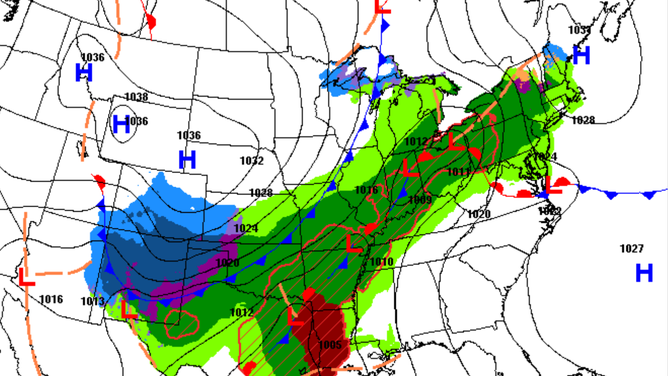
The frigid weather all across the United States is a huge problem for all drivers in the country. From dealing with de-icing your windshield and windows, to your car having mechanical damage. In the last couple of years, electric car sales have kept rising and rising. Electric cars are great for the environment, but when it comes to cold temperatures, they are nothing but hunks of metal sitting in snow. Electric cars run off of batteries, and batteries work by a chemical reaction. Cold makes the chemical process that electric vehicle batteries use to store energy slow down, which is why with much of the US in a deep freeze, EV owners are dealing with reduced battery performance and increased charging times.
A study by the American Automobile Association found that at 20 degrees, an EV can lose as much as 12% of its range. To make matters worse, turning on the cabin heater can bring that up to 40%. Though to be fair, this isn’t just an electric vehicle problem. The gas mileage of a conventional gasoline car is about 15% lower at 20 degrees than at 77 degrees, according to the US Department of Energy. Electric vehicles are taking longer to charge up at the power stations. Drivers accustomed to plugging in for 20 minutes or so now need twice as much time. It’s unfortunate but it’s unavoidable, at least until new technologies become available that permit batteries to perform better in cold conditions.
Getting a car with as much range as possible is the first step. Skip pricey details and put all your money into range. According to Jake Fisher, senior director of auto testing at Consumer Reports, “Typically, we warn new-car shoppers not to buy more vehicles than they need, whether that’s seats, cargo room, or towing capacity But in this case, EV buyers who drive in colder climates should strongly consider getting a car with a range about double what their daily driving needs are, so they’re not left stranded in a cold snap.” Park the car to charge in a garage if possible, and turn the heat or air on while the car is charging, giving you as much charge as possible. Never let the car sit and idle with the heat on to warm up before driving. Combine trips, and don’t use the car more than necessary. High speeds and heavy braking will add to range loss, and when it comes to heating, seat warmers are a better choice than running high heat. Keep tire pressure high and never add external decorations to your car or anything that could be considered an aerodynamic drag.
While owning an EV in a cold climate presents some challenges, where you live is not a deterrent to EV ownership. Good planning will keep your car in great shape, and make sure you have the range to get where you need to go, regardless of the weather. Also, make sure that you take the proper precautions before the bad weather comes. Make sure that your battery is warm before doing your daily commute. Although there are some setbacks, in the coming years, engineers are certainly going to find solutions for the problem.













